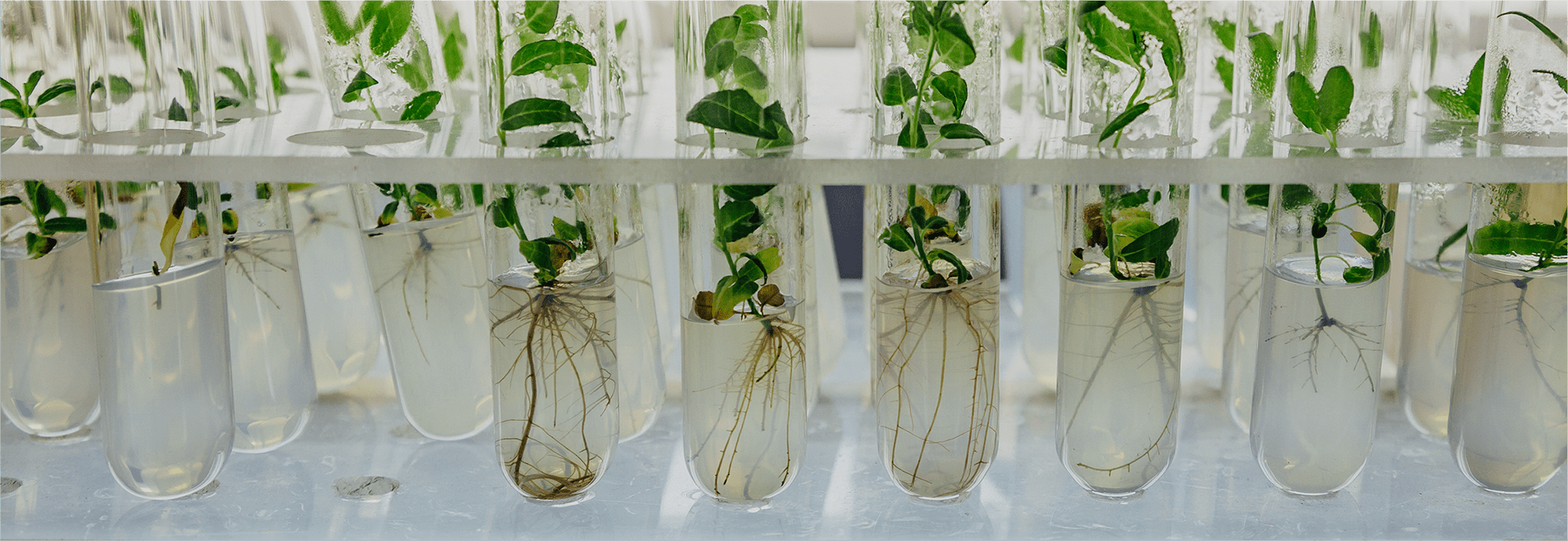- Technologies
-
Solutions
- About IBIS
-
- Service
- R&D Center
-
R&D CENTER
Complete Chloroplast Genome Sequence of Dysphania pumilio (Chenopodium pumilio), One of Invasive Species in Korea
Yongsung Kim, Youngjae Chung, Jongsun ParkThe genus Dysphania R.Br. consisting of 7 to 10 species, which is endemic to Australia, belongs to tribe Dysphanieae in family Chenopodiaceae. This family was integrated into Amaranthaceae by APG III in 2009. Recent phylogenetic research presented that Dysphania is clearly distinguished from Chenopodium by multicellular glandular hairs and closely related to Suckleya and Cycloloma. Dysphania pumilio (R. Br.) Mosyakin & Clemants is the native species to Australia and it has been spread out to many countries except Africa since 1979. In Korea, it was first reported as a unrecorded species (Chenopodium pumilio, 냄새명아주) in the parking lot of Songnisan national park in 1993 and has been spread to many cities through vehicles now. Here, we presented a complete chloroplast genome of D. pumilio (MH936550). Its length is 151,962 bp composed of four subregions: large single copy (LSC; 83,758 bp) and small single copy (SSC; 17,742 bp) regions separated by inverted repeat (IRs; 25,231 bp) regions. It contains 128 genes (84 CDS, eight rRNAs, and 36 tRNAs). The overall GC content is 30.4\% and those in the LSC, SSC, and IR regions are 34.8\%, 30.4\%, and 42.7\%, respectively. D. pumilio is located as a sister species to Spinacia oleracea rather than Chenopodium in phylogenetic tree constructed based on whole chloroplast genomes. Together with many chloroplast genomes in Amaranthaceae (Chenopodiaceae), D. pumilio chloroplast genome will be a cornerstone to decipher feature of Dysphania and Chenopodium genera.



